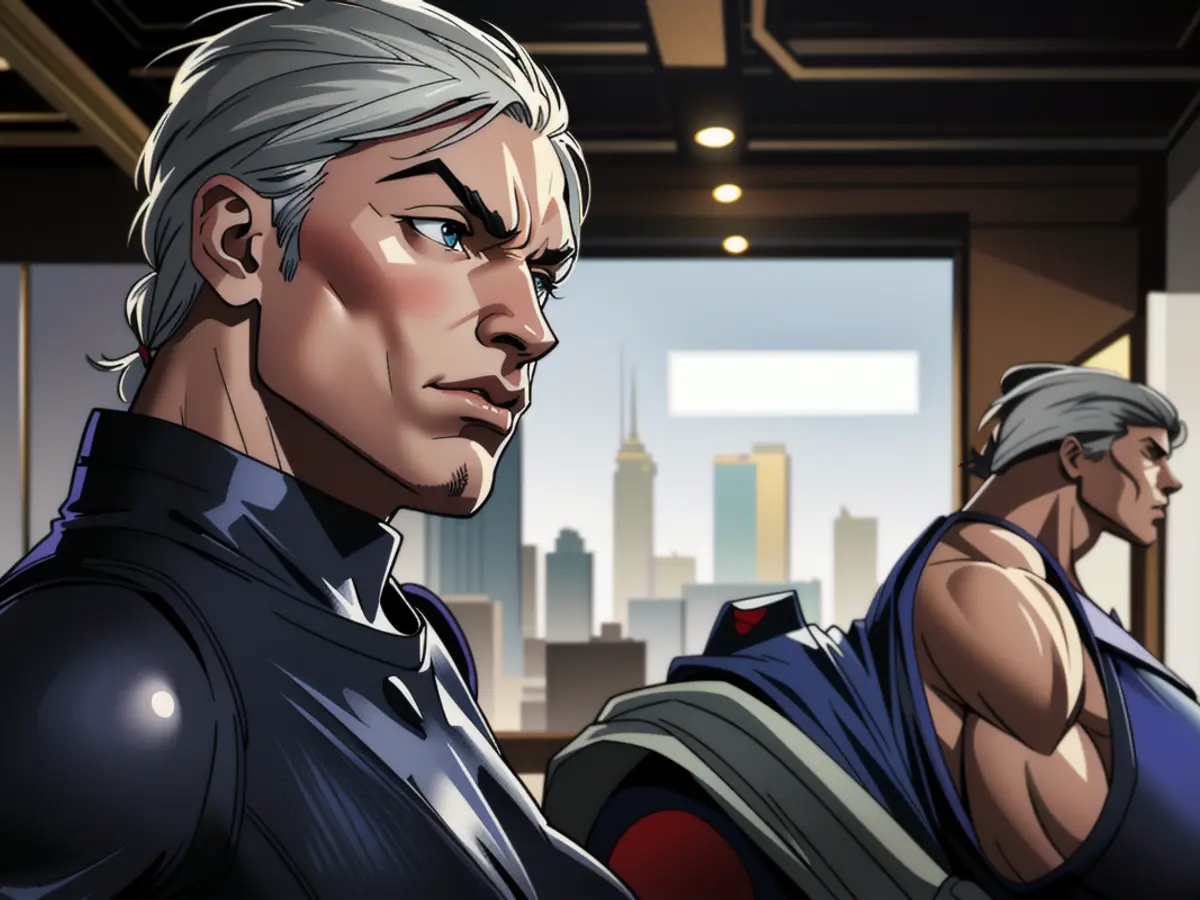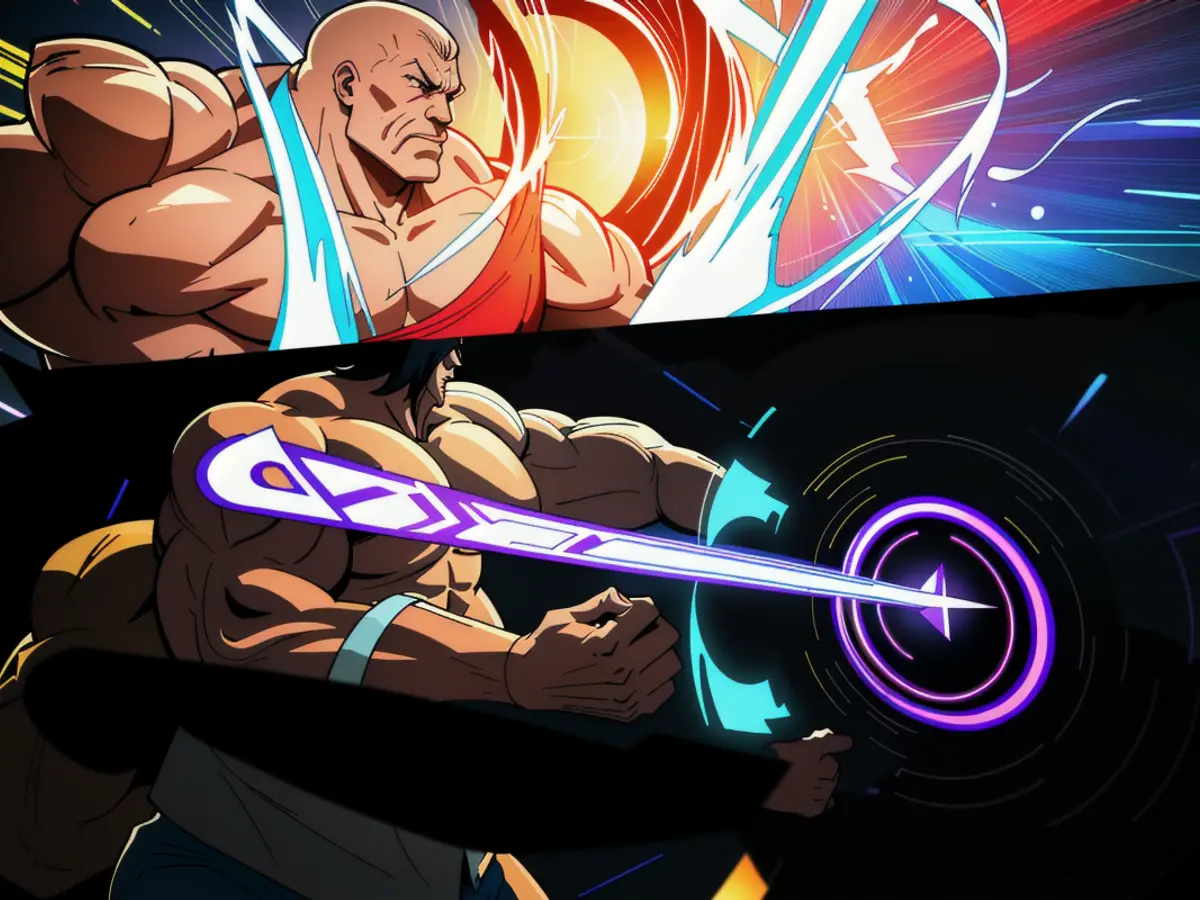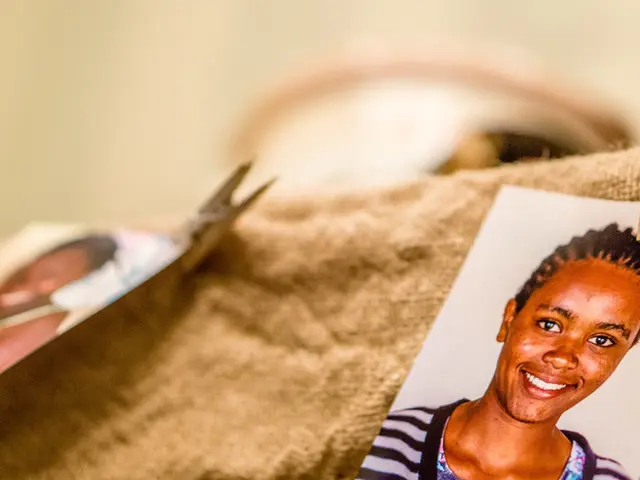Title: The Necessity of Competence Networks and Hierarchies
In the heart of Westminster Abbey, England, on a chilly December 19, 1154, Henry FitzEmpress, a well-educated 21-year-old, decided to shake the beaten-down realm by self-crowning as its "King." The kingdom was in turmoil, with a crushing civil war causing rampant robbery, crusade veterans encroaching on vacant castles, and no clear line of ownership. Henry deemed that to truly embody the kingship, he needed to establish a reliable means to combat crime, uphold justice, and assert his power as the epitome of justice itself.
The Birth of the Jury System (1154)
Drawing inspiration from the ancient Greek method of resolving contentious criminal cases, Henry proposed a revolutionary solution - calling upon "twelve free and lawful men in the neighborhood" to decide upon complex land disputes. The idea that a group of ordinary individuals could outdo experts was novel and daring, yet it proved to be remarkably effective. These community-led groups managed to resolve property conflicts efficiently.
The fundamental idea was the concept of a self-organizing group. Bringing together a relatively small pool of diverse individuals, the group was tasked with determining a resolution based on their individual knowledge and judgment. No leader was appointed, and the authorities stepped back, trusting the jury to find the best solution.
The most significant aspect involved a power shift. Henry could have opted for a French-style practice — appointing judges to favor supporters and punish adversaries. Instead, Henry opted for a transfer of power. The jury's decision held, regardless of the monarch's preferences. Henry sacrificed his authority to make individual decisions in favor of establishing a trustworthy system, which would grow to emerge as a global phenomena, spreading across countries wherever the rule of law prevailed.
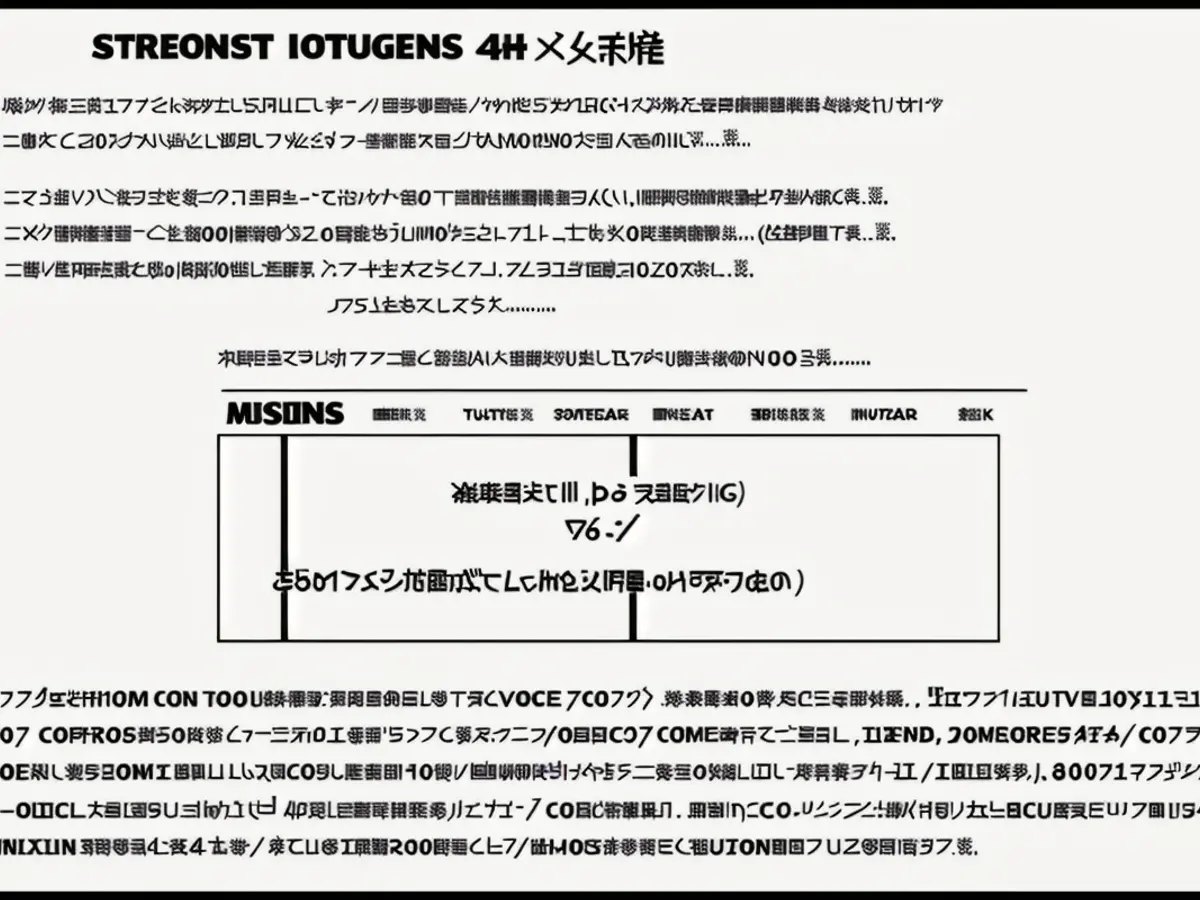
The hierarchical power was crucial in establishing this self-organizing group system, and it continued to protect it from occasional threats.
Jeff Bezos and Amazon's Astonishing Leap (2002)
Fast-forward to the sweltering summer of 2002, Amazon CEO Jeff Bezos returned from his much-needed vacation. The online retail giant had brushed off the downturn of the 2000 dot-com crash, with a stellar annualized return of 32% - tripling the performance of the S&P 500. However, growth was slowing down. Amazon's organizational structure was weighed down by silos and layers, as executives debated over how to carry out tasks rather than carrying them out. Bezos lamented, "I'm still trying to get people to do occasionally what I ask."
Upon his return, Bezos announced a significant change in Amazon's organization system: it would transform into a network of autonomous self-organizing teams. Initial teams were small "two-pizza teams," eventually growing into larger "single-threaded teams." These teams were granted entrepreneurial spirit with minimal managerial oversight. Once they had an agreed-upon objective and measures for progress, they were allowed to attack Amazon's toughest challenges with direct managerial supervision. Bezos explained, "It has to scale to infinity with no planned downtime. Infinity!"
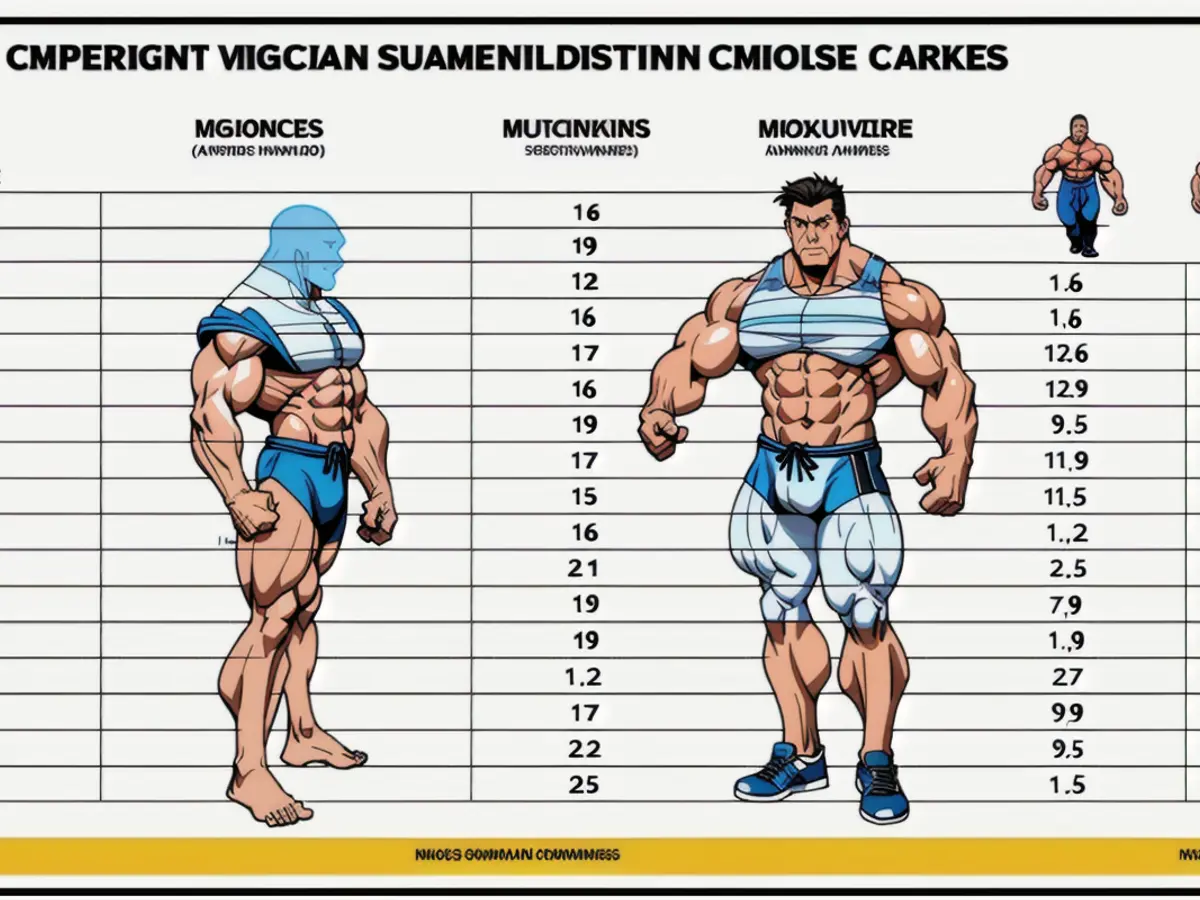
The Network of Competence (2002-2012)
Amazon's quest to realize this ambitious vision spanned years, with APIs developed between autonomous teams, allowing them to function independently, and minimal communication channels paving the way. It took a decade before larger, single-threaded teams emerged, spreading beyond retail operations into sectors like cloud computing (AWS).
The results were staggering. Major setbacks were averted, customers praised the variety and functionality of the services, and AWS became a dominant force in its market. Exponential network effects followed as customers spread the word. Growth continued, with Amazon's 5-year return on investment exceeding the S&P 500's rate by an impressive 1,556%. Processes were redefined to remain in line with the company's goals, enabling employees to tackle work more efficiently and production costs to decline.
Amazon's teams registered consistently high engagement levels, even as company size increased. Top management had finally achieved optimal control by equipping themselves with the necessary tools to steer the organization. Today, Amazon's market cap soars over $2.4 trillion.
In adopting self-organizing teams, Jeff Bezos and Amazon made a key decision: surrendering authority in individual cases to foster an organizational structure dedicated to the pursuit of the company's objectives.
- Drawing inspiration from Jeff Bezos' leadership at Amazon, many modern-day entrepreneurial ventures are striving to replicate his success by implementing autonomous self-organizing teams, allowing individuals to take charge and make decisions based on their expertise, much like Henry FitzEmpress' jury system.
- Just as Henry's jury system benefited from exponential network effects, with decisions spreading and gaining influence across various territories, Amazon's network of APIs enabled autonomous teams to function independently, leading to exponential growth in services like AWS and an impressive return on investment.
- Jeff Bezos' shift towards autonomous self-organizing teams at Amazon mirrors the decentralized approach taken by Elon Musk's SpaceX and Tesla, demonstrating the potential of self-organizing structures to drive innovation and exponential growth within diverse industries, such as tech and aerospace.


